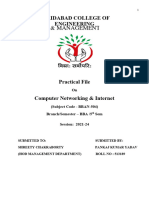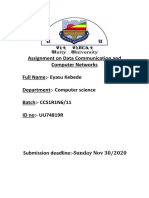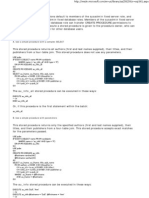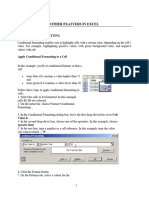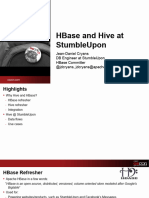0% found this document useful (0 votes)
21 views14 pagesUnit 1 CN
The document defines computer networks as interconnected devices that communicate, while distributed systems consist of independent computers working together. It classifies networks based on geographical spread (LAN, MAN, WAN, PAN) and functionality (client-server, peer-to-peer, hybrid), and explains the importance of layered network structures and protocols. Additionally, it discusses data communication components, network topologies, transmission media, and the characteristics and advantages of LANs, including wired and wireless LANs.
Uploaded by
akulavarunsai99Copyright
© © All Rights Reserved
We take content rights seriously. If you suspect this is your content, claim it here.
Available Formats
Download as PDF, TXT or read online on Scribd
0% found this document useful (0 votes)
21 views14 pagesUnit 1 CN
The document defines computer networks as interconnected devices that communicate, while distributed systems consist of independent computers working together. It classifies networks based on geographical spread (LAN, MAN, WAN, PAN) and functionality (client-server, peer-to-peer, hybrid), and explains the importance of layered network structures and protocols. Additionally, it discusses data communication components, network topologies, transmission media, and the characteristics and advantages of LANs, including wired and wireless LANs.
Uploaded by
akulavarunsai99Copyright
© © All Rights Reserved
We take content rights seriously. If you suspect this is your content, claim it here.
Available Formats
Download as PDF, TXT or read online on Scribd
/ 14












